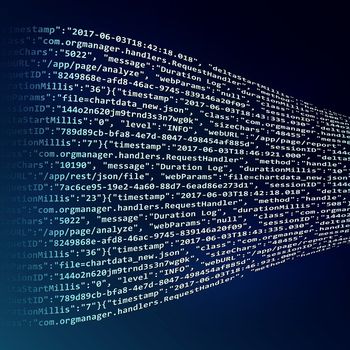
Cryptography has long been one of the best ways to protect digital information from unauthorized access - for example, to comply with legal regulations such as the GDPR or industry-related rules.
But it is also about protecting confidential data from theft by cybercriminals. However, a comparatively new discussion raises questions regarding the reliability of cryptographic security: Are cryptographic methods, such as the RSA cryptosystem, still secure even with the availability of extremely powerful quantum computers? To ensure the security of encrypted data, it is important to check the strength of the encryption mechanisms used now and migrate to more secure algorithms or longer key lengths if necessary. To address the potential risk posed by quantum computing, post-quantum cryptography ensures the reliability of data encryption. It ensures that the encryption cannot be broken even using quantum computers.
Post-Quantum Cryptography
The development and use of post-quantum cryptography plays a special role in companies and organizations with regard to data that needs to be protected in the cloud. Sensitive data stored, for example, in Microsoft 365, Teams, Salesforce or any other cloud environment should always be protected by encryption. Consistent encryption protection is guaranteed if the data is not only encrypted by the cloud provider, but already in the company. Only then does data sovereignty, including the cryptographic keys, lie solely in the hands of the data owner.
But how secure is the data in the cloud despite the best crypto strategy in the age of quantum computers? Ensuring data protection in the future depends, among other things, on the capabilities of the encryption solution used. This should be post-quantum ready so that it can be converted to cryptographic processes in a timely manner and without major inconvenience, which can counteract the massive computing power of quantum computers. Lattice or hash-based cryptography offers suitable procedures to ensure the desired security in the future.
Develop migration concepts
The National Institute of Standards in Technology (NIST) and the European Telecommunications Standards Institute (ETSI) are working on universal standards to identify effective post-quantum standards and recommend them as best practice. Manufacturers of encryption solutions and companies receive active support to keep their encryption at the most secure standard.
For companies whose encryption solutions cannot be easily converted to new and secure cryptography methods, now is the time to develop suitable migration concepts - before quantum computers reach a maturity and distribution that can pose a threat to existing encryption methods. Ideally, companies and organizations choose encryption solutions that not only ensure the next step in security in the quantum computing era, but are also able to implement future encryption methods seamlessly in the long term, without migration effort and while maintaining search and sorting functions integrate.
More at Eperi.com
About Eperi
At eperi we firmly believe that data protection is a fundamental human right. Our goal is for people and companies to maintain control over their data at all times. Without compromises and with the best technology. With a focus on the security of our customers, we have created a solution that is invisible to the user while meeting the highest security standards.
